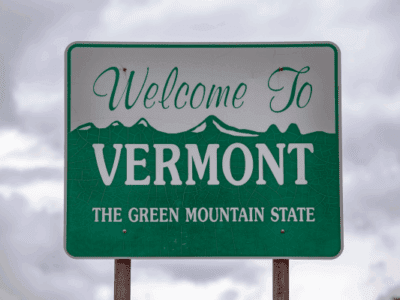California Slowing Down on Cap and Trade
 Yesterday, Mary Nichols slipped a bit of a bombshell into testimony before the California Senate Select Committee on the Environment, the Economy and Climate Change. She announced that the state’s Air Resources Board is planning to “initiate” the cap and trade program in 2012 but not “start the requirements for compliance” until 2013. This effectively delays cap and trade’s start date by a year. (I have a copy of Nichols testimony but haven’t found it online).
Yesterday, Mary Nichols slipped a bit of a bombshell into testimony before the California Senate Select Committee on the Environment, the Economy and Climate Change. She announced that the state’s Air Resources Board is planning to “initiate” the cap and trade program in 2012 but not “start the requirements for compliance” until 2013. This effectively delays cap and trade’s start date by a year. (I have a copy of Nichols testimony but haven’t found it online).
It appears, from Nichols’ testimony, that one principal reason for the slow down is to make sure that the state complies with the California Environmental Quality Act (CEQA). CARB has, of course, been sued for violating CEQA and a superior court judge has found that the state’s analysis of alternatives to cap and trade is deficient. (You can trace the history of the lawsuit here.) Though CARB is appealing the ruling, has succeeded in getting the court of appeals to allow it to move forward in implementing cap and trade and has issued a new and detailed alternatives analysis, the state also has to provide 45 days of public notice and will conduct a new hearing to consider the alternatives on August 24. With only a few months remaining before the cap and trade compliance obligations were set to begin, perhaps the Board felt it prudent to take a bit of pressure off the implementation process by slowing down.
One other observation. In my view, one of the most important reasons to have California lead the way on cap and trade is to provide an experiential base to the rest of the country — including the federal government — so we can see how well cap and trade can operate. If the program succeeds in lowering carbon dioxide emissions, providing a workable way to use offsets for reductions outside the program, and doing so cost-effectively, then perhaps California can ease fears in the rest of the country that regulating carbon will destroy the economy. On the other hand, if the program works poorly by, for example, creating opportunities for market manipulation, allowing emitters to purchase offsets that turn out not to produce real carbon reductions, or causing large increases in energy prices, then the state’s experience will almost certainly be used by opponents of climate change regulation to further stymie national efforts. So it’s really important that California get the program’s details right before setting it in motion. Delaying cap and trade for a year in order to get the implementation right may ultimately help shape the national debate on climate change. Then again delaying the implementation of cap and trade for a year means that we’re further delaying tackling a problem that demands urgency. And the longer we put off tackling carbon emissions, the harder the task will be down the road. So California is trading off urgency for program effectiveness. The state isn’t crazy for making the trade off and at least it’s moving in the right direction. But the delay isn’t costless either.
Reader Comments
2 Replies to “California Slowing Down on Cap and Trade”
Comments are closed.







Mary Nichols’s testimony is available here: http://www.arb.ca.gov/cc/testimony/testimony.pdf
While I agree with all of Ann’s thoughtful commentary, it is important to note that the “delay” in enforcement will not postpone emissions reductions. As previously planned, the cap and trade program would not have imposed emissions reductions until 2013–the 2012 cap would have been set at the level of projected emissions. The delayed program will begin straightaway with the 2013 emissions reductions. Thus, the delay will not affect progress toward the ambitious emissions cuts called for by AB32.